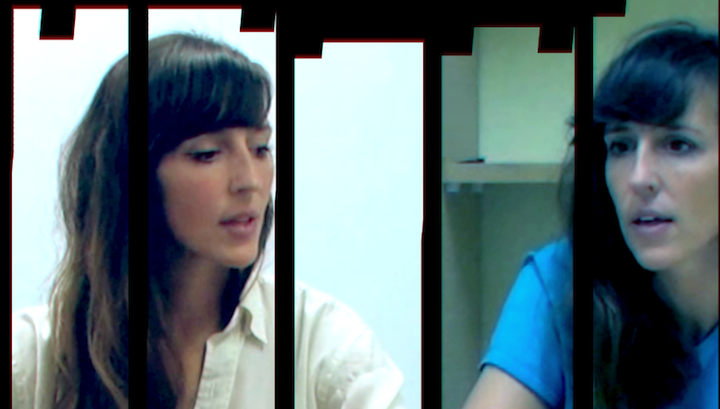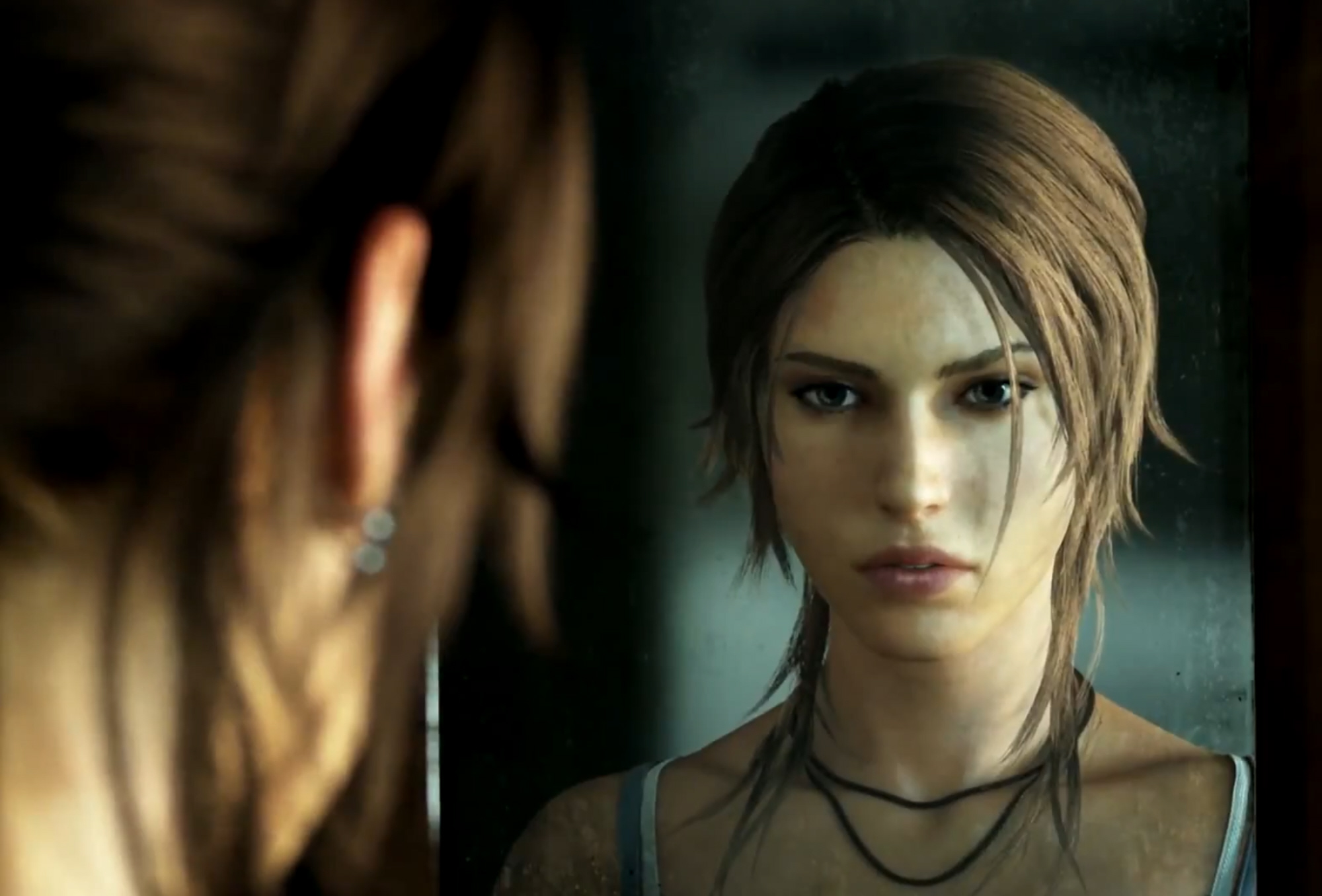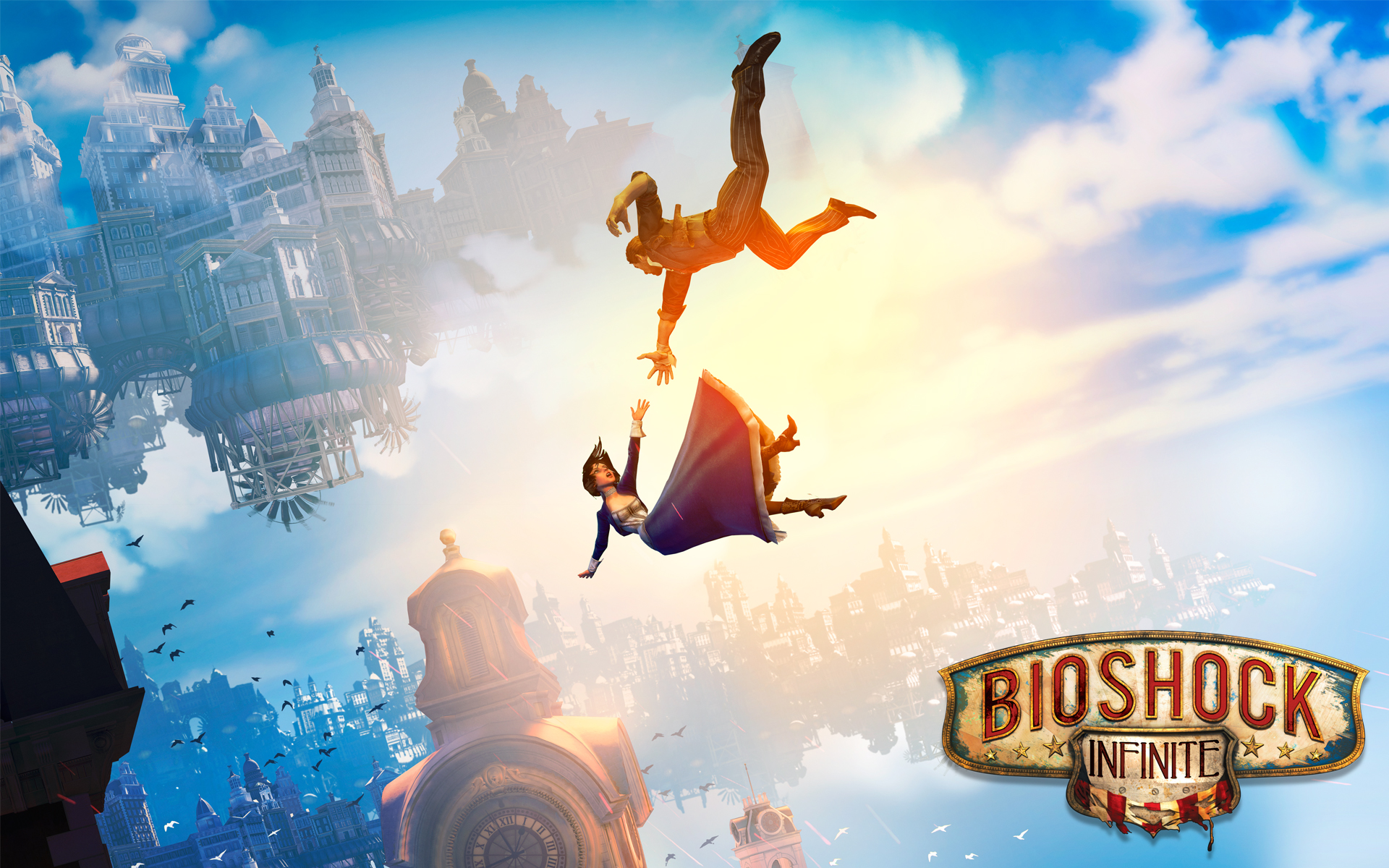Story in video games is one of those controversial topics, though no video game would exist, let alone be successful, without story. Some of the very first debates about video games, arguments that would eventually become the foundation of Game Studies as a field, were about narratology and ludology, or in other words, story and play. I’m currently on a trip in Tennessee with some family members, so although my gaming has consisted mostly of iOS games like Candy Crush Saga and The Tribez, I have been playing The Night of the Rabbit (Daedelic Entertainment 2013) as often as possible. I’m a good several hours into the game at this point, and the only thing I can keep thinking about this game is that it has nailed story. So for this post, I wanted to briefly cover some of the history of the ludology vs. naratology debate just to catch up those who may not be familiar with it, but then I wanted to talk about just how this game is the epitome of story and play and what can be done when they are combined rather than set as opposites.
Ludology Vs. Narratology (only for those who are curious about this—skip to the next section if you are familiar with this)
Now, I don’t have internet, and I barely have a cell signal with which to upload this post, so this will not be a well-researched synopsis. Basically, it’s coming from my brain, covering the few tendrils I remember from my Master’s program. So, when people first started studying video games, they basically broke down into two camps. The narratologists wanted to study video games as texts. These English or Literature trained folks would apply things like deconstruction and Marxism to stories in games. By doing this, they were able to make arguments about the importance of games in the creation of society and so on. Then there were the ludologists, often coming from more technical fields like computer science, who staunchly opposed treating games as anything other than games. They wanted to push out the English folks who just wanted to call games “texts” and thus extend their scholarly reach. Ludologists argued that because of their ludic (or, play) elements, they were their own medium.
This debate raged on, and eventually it landed somewhere in the middle. Jesper Juul wrote the definitive text which argued that it wasn’t story OR play, but that it was both. This appeased most ludologists because the immersiveness and play combined with story still made games a unique medium, and this appeased most narratologists because it still kept story as a crucial part of games. Thus everyone could secure their own funding lines and open up spots for graduate students in English or in any other field that wanted to study games like Education or Computer Science. The point of this history lesson? Talking about story is a partially contentious thing to do as an academic studying games. There will be a knee-jerk reaction when ignoring game elements to focus solely on story, and you will open yourself up to extended criticism. I, for one, have mostly tried to avoid talking about story, partly to distance myself from literature-based approaches to games and partly because my personal interests rarely fall in the story (as Sam would tell you as I constantly skip the quest text).
Story in The Night of the Rabbit
Now, this game is all about story, but there are some non-story elements that add to the storiness of it. For example, the game is beautifully hand-painted. The scenes are reminiscent of childhood books, and this is absolutely on purpose. It’s a puzzle game, so there is no timed action (ie. press X quickly to fight somebody). The gameplay itself mostly consists of finding and interpreting clues and then finding items to either complete tasks or do an action that makes it possible to find more items. It’s fairly straightforward, and I would say this type of game would typically hold little fascination for me.
However, and anyone who has been reading/listening to us for awhile will know this, awhile ago a game changed my perceptions of my own gaming style. I thought I was a mainly AAA and MMORPG gamer. However, Tiny Bang Story, a little indie puzzle game, changed that, and I started to break out of the box with my games, thus starting things like the indie game section of the podcast. The indie games I started to play were beautiful, engaging, and often had far better stories that AAA titles. And so the moment The Night of the Rabbit opened, I could feel that little increase in heartbeat that told me I was in for another Tiny Bang Story.
The story is basically this: you begin as a stranger in the mist. The fog is so thick you can barely see the outline of your body, which clearly is in the shape of a humanoid rabbit (3rd person view). You click on a strange figure you can also see outlined, and the creepy skeleton guy comes to life. He is a guide of sorts, helping you to find the beginning of your story (beginnings are hard to find, endings are easy). So he brings you to the start of your story, and the next scene opens up in full daylight with beautiful hand-painted scenery. You’re a young boy with two days left of summer vacation who dreams of becoming a magician. As you learn how to move the character around, you complete small tasks for your mother and such, and then you discover a strange note that give you your first major task. After completing this task, the rabbit (who you learn is a brilliant magician) hops out of the trunk you just summoned and brings you with on an adventure to other worlds, where you will truly learn the art of magic.
Now, anyone who read as a kid will be very familiar with this story style. It’s a kid’s fantasy, dreaming of magic and what they will be when they grow up (ahem, Harry Potter, Chronicles of Narnia, Alice in Wonderland, basically most kids books). So why did this average story prompt me to write a post about story? Because the way the devs integrate story and gameplay in this game is the best I’ve ever seen. Unlike many JRPGs where you just press X over and over to get through the story, which is inconsequential to the gameplay really, this game acts like a movie at times, making you want to learn more of the story. You can click through, which makes it unique from cut scenes, but you don’t really want to.
Most importantly, your interaction with the game is not a sole button or a sole click. To manage your inventory, explore, and interact, there are some medium-complex interactions you must accomplish, which to me sets the game apart from basically game-movies, where you sit and watch for 10 minutes and then click. The tasks you must complete are also complex, which is really where the game gets immersive for me. In the challenge I talked about earlier, you learn about what you must do through a riddle. I probably had to take out the riddle and read it 15 times as I went along collecting and combining items. This may seem inconsequential to you, but I hate quest text. I just want to accomplish the action and get my reward. This game makes the story behind the quest and the quest action inseparable, which I have never experienced.
So, while The Night of the Rabbit isn’t reinventing story structure with their game (I originally, and accidentally, wrote “story” here instead of “game” hmmmm), it does capitalize on the combination of story and play in a way I haven’t experienced. Others may find it boring (there isn’t even a chance to kill something). But I hope this is representative of how games will combine play and story in the future.





One thought on “Story vs. Play, or Story/Play”